Home>Gardening & Outdoor>Landscaping Ideas>How Deep To Dig For A Garden Bed
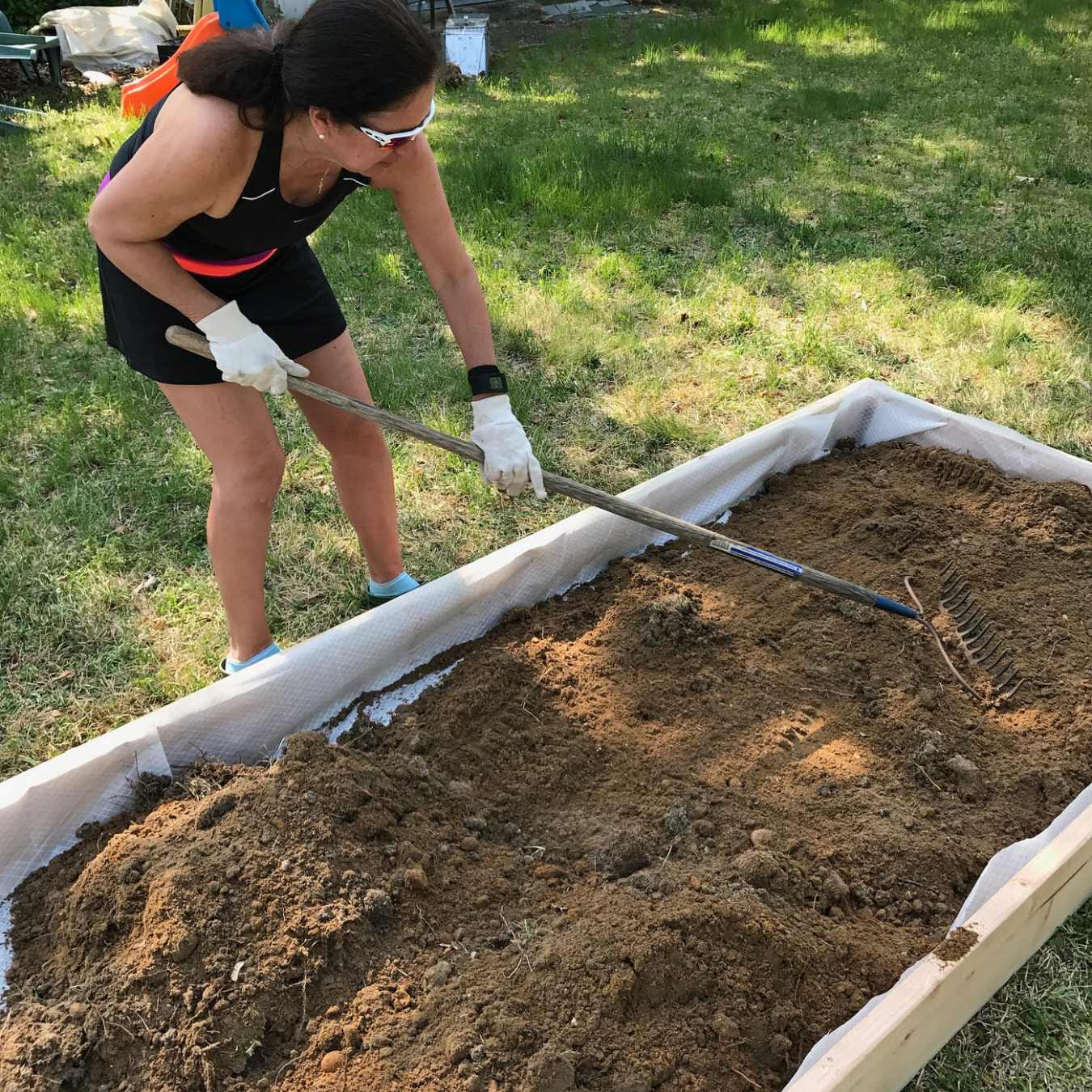

Landscaping Ideas
How Deep To Dig For A Garden Bed
Modified: February 26, 2024
Discover the ideal depth for digging a garden bed with our expert landscaping ideas. Learn how to create the perfect foundation for your dream garden.
(Many of the links in this article redirect to a specific reviewed product. Your purchase of these products through affiliate links helps to generate commission for Storables.com, at no extra cost. Learn more)
Introduction
Creating a garden bed is an exciting and rewarding endeavor that allows you to unleash your creativity while adding natural beauty to your outdoor space. Whether you're a seasoned gardener or a novice enthusiast, understanding the optimal depth for digging a garden bed is crucial for the success of your landscaping project. The depth of your garden bed will directly impact the health and growth of your plants, making it essential to get it right from the start.
When considering how deep to dig for a garden bed, it's important to take into account the specific needs of the plants you intend to grow. Different plants require varying depths to establish strong root systems and thrive in their environment. Factors such as soil drainage, water retention, and the overall health of your garden bed are also critical considerations that influence the depth at which you should dig.
In addition to plant requirements, the tools and equipment needed for digging a garden bed play a significant role in determining the depth of the excavation. Understanding the tools at your disposal and how to use them effectively will ensure that you achieve the desired depth with precision and efficiency.
By delving into the recommended depth for different types of plants, you'll gain valuable insights into the specific needs of popular garden varieties. This knowledge will empower you to tailor the depth of your garden bed to accommodate a diverse range of plants, creating a harmonious and thriving ecosystem within your outdoor space.
In the following sections, we'll explore the factors to consider before digging, the recommended depth for different types of plants, the tools and equipment needed, a step-by-step guide to digging a garden bed, and tips for maintaining the depth of your garden bed. With this comprehensive knowledge at your fingertips, you'll be well-equipped to embark on your garden bed excavation journey with confidence and expertise.
Key Takeaways:
- Digging the right depth for your garden bed is crucial for plant health. Consider soil composition, plant requirements, and climate to ensure optimal growth.
- Use the right tools and follow a step-by-step guide to dig your garden bed effectively. Maintain depth with mulch, gentle cultivation, and regular monitoring.
Read more: How To Dig A Garden Bed
Factors to Consider Before Digging
Before you grab your shovel and start digging, it's essential to consider several factors that will influence the depth of your garden bed. Understanding these elements will help you make informed decisions and lay the groundwork for a successful gardening venture.
Soil Composition
The composition of your soil is a fundamental factor to consider before digging a garden bed. Different plants thrive in varying soil types, and understanding the composition of your soil will guide you in determining the depth at which to dig. For instance, if your soil has poor drainage, you may need to dig deeper to create space for amendments that improve drainage and aeration.
Plant Requirements
Each plant species has unique requirements for root development. Some plants, such as carrots and parsnips, require deeper soil for their roots to penetrate and grow properly. On the other hand, shallow-rooted plants like lettuce and herbs may not need as much depth. Understanding the specific needs of the plants you intend to grow will directly influence the depth at which you should dig your garden bed.
Water Retention
The ability of your soil to retain water is a critical consideration when determining the depth of your garden bed. Soil with poor water retention may require a deeper excavation to accommodate additional organic matter or moisture-retaining materials. Conversely, if your soil retains water exceptionally well, you may need to adjust the depth to prevent waterlogging and root rot.
Read more: How Deep To Dig A Fire Pit
Climate and Weather Conditions
The climate and weather conditions in your region play a significant role in determining the depth of your garden bed. In areas with intense heat or prolonged dry spells, deeper beds can provide a buffer against moisture loss and help plants establish resilient root systems. Conversely, in regions with heavy rainfall, shallower beds may be more suitable to prevent waterlogged soil and root suffocation.
Overall Garden Health
Considering the overall health of your garden is crucial before digging a new bed. If you're expanding an existing garden, the depth of the new bed should complement the existing layout to ensure a cohesive and visually appealing landscape. Additionally, assessing the health of nearby plants and trees can provide insights into the depth required to avoid root competition and promote optimal growth for all vegetation.
By taking these factors into account, you'll be well-prepared to determine the ideal depth for your garden bed, setting the stage for a flourishing and vibrant garden space.
Recommended Depth for Different Types of Plants
Understanding the recommended depth for different types of plants is essential for creating a thriving garden bed that caters to the specific needs of your chosen vegetation. By tailoring the depth of your garden bed to accommodate the root systems of various plants, you can ensure optimal growth and overall plant health. Here's a comprehensive guide to the recommended depths for different types of plants:
Shallow-Rooted Plants
Shallow-rooted plants, such as lettuce, herbs, and annual flowers, typically require a shallower depth of around 6 to 8 inches. These plants have compact root systems that don't penetrate deeply into the soil. By providing a shallow bed, you can effectively support the growth of these plants while conserving resources and minimizing soil disturbance.
Read more: How Deep To Dig For Fence Post
Medium-Rooted Plants
Plants with medium-depth root systems, including tomatoes, peppers, and strawberries, thrive in garden beds with a depth of approximately 8 to 12 inches. This depth allows the roots to establish a strong foundation while accessing essential nutrients and moisture within the soil. By providing adequate depth, you can promote robust growth and maximize the yield of these popular garden varieties.
Deep-Rooted Plants
Certain plants, such as carrots, parsnips, and potatoes, boast deep and extensive root systems that require a generous depth of 12 to 18 inches. These deep-rooted plants rely on ample space to develop long, sturdy roots that facilitate nutrient uptake and overall plant stability. By accommodating their depth requirements, you can ensure that these vegetables thrive and produce bountiful harvests.
Consideration for Trees and Shrubs
When incorporating trees and shrubs into your garden bed, it's crucial to account for their unique depth requirements. Depending on the species, trees and shrubs may necessitate deeper beds ranging from 18 inches to several feet. By researching the specific depth needs of your chosen trees and shrubs, you can create an environment that fosters their long-term health and vitality.
By adhering to these recommended depths for different types of plants, you can tailor your garden bed to accommodate a diverse array of vegetation, creating a flourishing and harmonious landscape within your outdoor space. This tailored approach ensures that each plant receives the depth necessary for robust root development and sustained growth, ultimately contributing to a vibrant and thriving garden bed.
Tools and Equipment Needed
When embarking on the journey of digging a garden bed, having the right tools and equipment at your disposal is essential for achieving the desired depth with precision and efficiency. From basic hand tools to mechanized equipment, each item plays a crucial role in the excavation process, ensuring that your garden bed is prepared to nurture healthy and thriving plants.
Read more: How Deep Should My Garden Bed Be
Hand Tools
- Shovel: A sturdy shovel is a fundamental tool for digging a garden bed. Its ergonomic design and sharp blade enable you to penetrate the soil with ease, allowing for precise excavation to the required depth.
- Garden Fork: Utilizing a garden fork can aid in breaking up compacted soil and incorporating organic matter, promoting optimal soil structure and drainage within the bed.
- Hand Trowel: This small but mighty tool is perfect for fine-tuning the depth and texture of the soil, especially in areas where larger tools may be cumbersome.
Measuring Tools
- Tape Measure: Accurately measuring the depth of your garden bed is essential for ensuring uniformity and meeting the specific requirements of different plants. A reliable tape measure is indispensable for this task.
- Spirit Level: Maintaining a level surface is crucial for the overall health of your garden bed. A spirit level helps you achieve an even depth, preventing water pooling and ensuring proper root development.
Protective Gear
- Gloves: Protecting your hands during the digging process is essential, especially when handling rough or abrasive materials. Durable gardening gloves provide comfort and shield your hands from blisters and abrasions.
- Safety Goggles: When using mechanized equipment or striking hard surfaces, safety goggles offer vital eye protection, safeguarding against potential debris and soil particles.
Mechanized Equipment
- Rototiller: For larger garden beds or areas with compacted soil, a rototiller can expedite the excavation process, breaking up tough ground and preparing the bed for planting.
- Auger: When digging multiple holes for planting or installing posts, an auger attachment for a drill or dedicated auger machine can streamline the process, ensuring consistent depth and spacing.
Read more: How Deep To Dig For Artificial Grass
Miscellaneous
- Wheelbarrow: Transporting soil, compost, and other materials is made effortless with a sturdy wheelbarrow, reducing strain and expediting the overall garden bed preparation.
- Watering Can or Hose: After digging, watering the bed thoroughly is essential for settling the soil and preparing it for planting.
By equipping yourself with these essential tools and equipment, you'll be well-prepared to embark on the excavation of your garden bed with confidence and precision. Each item serves a specific purpose in achieving the optimal depth and soil structure, laying the groundwork for a flourishing and vibrant garden space.
Step-by-Step Guide to Digging a Garden Bed
-
Select the Location: Choose a suitable location for your garden bed, considering factors such as sunlight exposure, proximity to water source, and the specific needs of the plants you intend to grow.
-
Mark the Perimeter: Use stakes and a string or a garden hose to outline the perimeter of the garden bed. This visual guide will help maintain the desired shape and size during the excavation process.
-
Clear the Area: Remove any existing vegetation, rocks, or debris from the marked area. This step ensures a clean slate for your garden bed and prevents potential obstructions during digging.
-
Determine the Depth: Based on the types of plants you plan to grow, use a tape measure to mark the desired depth at various points along the perimeter. This will serve as a reference for achieving uniform depth throughout the bed.
-
Start Digging: Using a shovel, begin excavating the soil within the marked perimeter. Work methodically, digging to the predetermined depth and transferring the soil to a designated area for storage or disposal.
-
Break Up Compacted Soil: If the soil is compacted, use a garden fork to loosen and aerate the earth, promoting better drainage and root penetration.
-
Incorporate Organic Matter: To enhance soil fertility and structure, mix in compost, aged manure, or other organic amendments as you dig. This enriches the soil and provides essential nutrients for plant growth.
-
Level the Bed: Utilize a spirit level to ensure the bed's surface is even and uniform, making adjustments as needed to achieve the desired depth and slope.
-
Water and Settle the Soil: Once the bed is dug to the appropriate depth and leveled, thoroughly water the soil to settle it and prepare for planting. This step helps eliminate air pockets and promotes soil stability.
-
Inspect and Adjust: After watering, inspect the bed for any irregularities in depth or texture. Make any necessary adjustments to ensure the entire area meets the specified depth requirements.
-
Prepare for Planting: With the garden bed successfully dug to the recommended depth, it's now ready for planting. Follow planting guidelines for each type of vegetation, taking into account spacing and depth requirements for seeds or seedlings.
By following this step-by-step guide, you can effectively dig a garden bed to the appropriate depth, creating an optimal environment for plant growth and ensuring the success of your gardening endeavors.
Tips for Maintaining the Depth of Your Garden Bed
Once you've diligently dug your garden bed to the appropriate depth, it's essential to maintain its structural integrity and depth over time to support the healthy growth of your plants. Here are some valuable tips for preserving the depth of your garden bed and ensuring its long-term viability:
Mulch Application
Applying a layer of organic mulch to the surface of your garden bed serves as a protective barrier, helping to retain moisture, regulate soil temperature, and prevent erosion. Additionally, mulch acts as a natural weed suppressant, reducing the need for disruptive cultivation that could compromise the depth of the bed.
Read more: How Deep Can You Dig A Basement
Avoid Compaction
Minimize foot traffic and heavy equipment usage within the vicinity of your garden bed to prevent soil compaction. Compacted soil impedes root growth and disrupts the natural structure of the bed, potentially leading to a decrease in effective depth over time.
Regular Soil Amendments
Periodically enrich the soil within your garden bed with organic matter and nutrients to sustain its fertility and texture. Amending the soil helps maintain its depth by promoting a healthy environment for root development and minimizing the need for excessive digging that could alter the bed's original depth.
Strategic Irrigation
Implement a targeted irrigation system to deliver water directly to the root zones of your plants, avoiding unnecessary saturation of the entire bed. By strategically managing water distribution, you can prevent soil erosion and subsidence, preserving the intended depth of the garden bed.
Gentle Cultivation Practices
When tending to your garden bed, employ gentle cultivation techniques to aerate the soil and address weed growth without disturbing the established depth. Utilize hand tools or light implements to minimize soil disruption and maintain the integrity of the bed's structure.
Read more: Why Do Dogs Dig On The Bed
Regular Monitoring
Frequently assess the condition of your garden bed, observing for signs of soil erosion, settling, or unevenness. Promptly address any deviations from the intended depth to uphold the optimal growing environment for your plants.
By implementing these tips for maintaining the depth of your garden bed, you can safeguard the structural integrity of the excavation, ensuring that your plants continue to thrive in a nurturing and stable environment. Consistent care and attention to the depth of your garden bed will contribute to the long-term success of your gardening endeavors.
Frequently Asked Questions about How Deep To Dig For A Garden Bed
Was this page helpful?
At Storables.com, we guarantee accurate and reliable information. Our content, validated by Expert Board Contributors, is crafted following stringent Editorial Policies. We're committed to providing you with well-researched, expert-backed insights for all your informational needs.
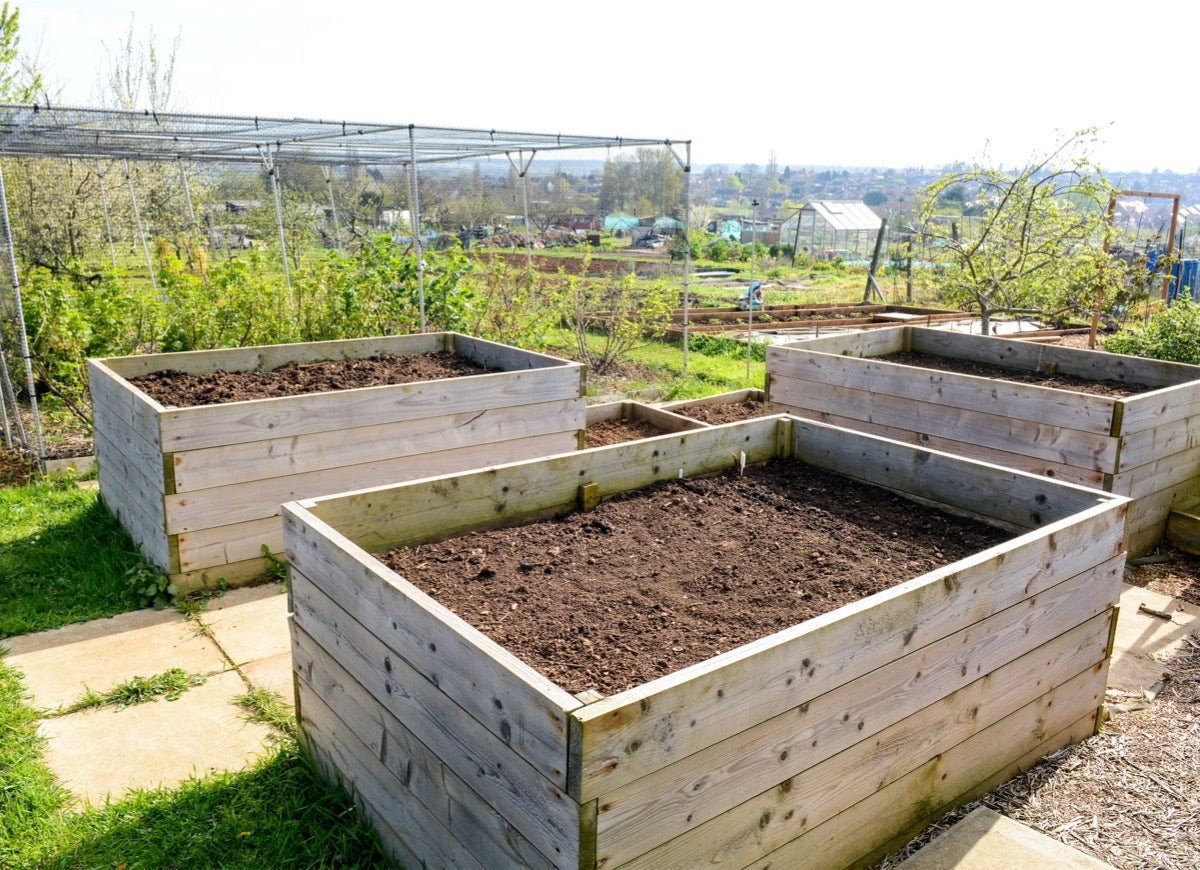
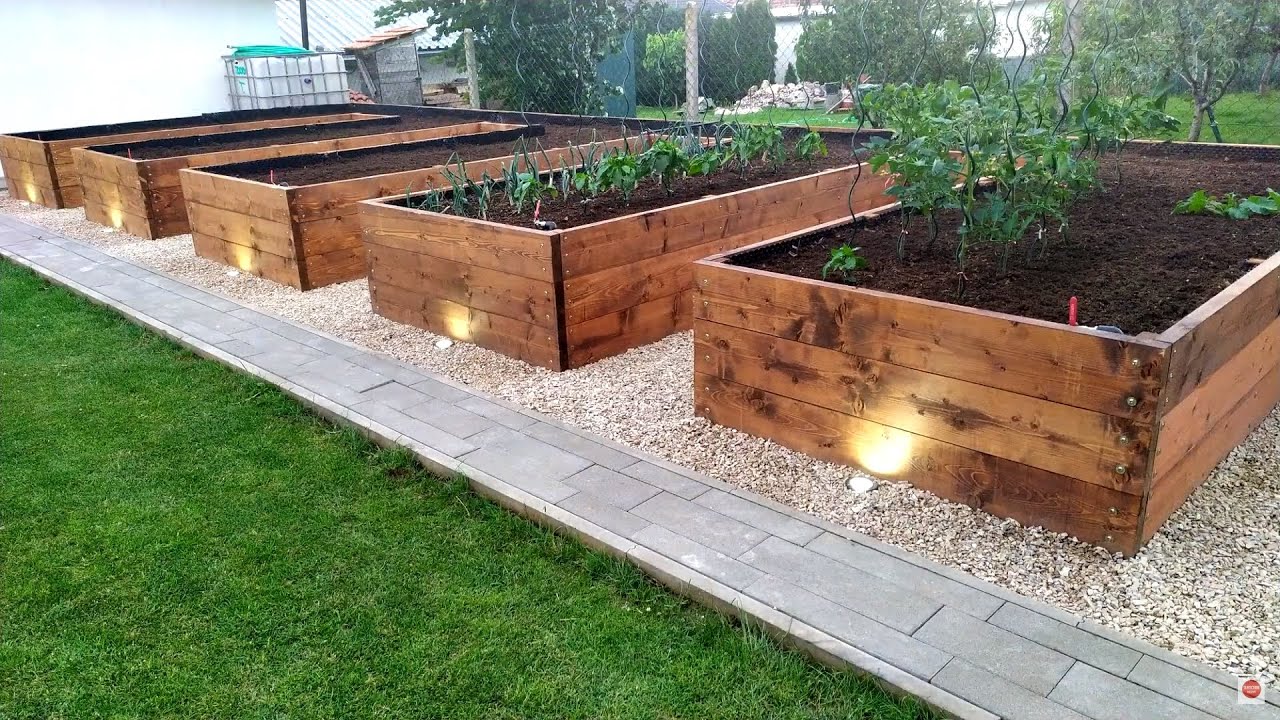
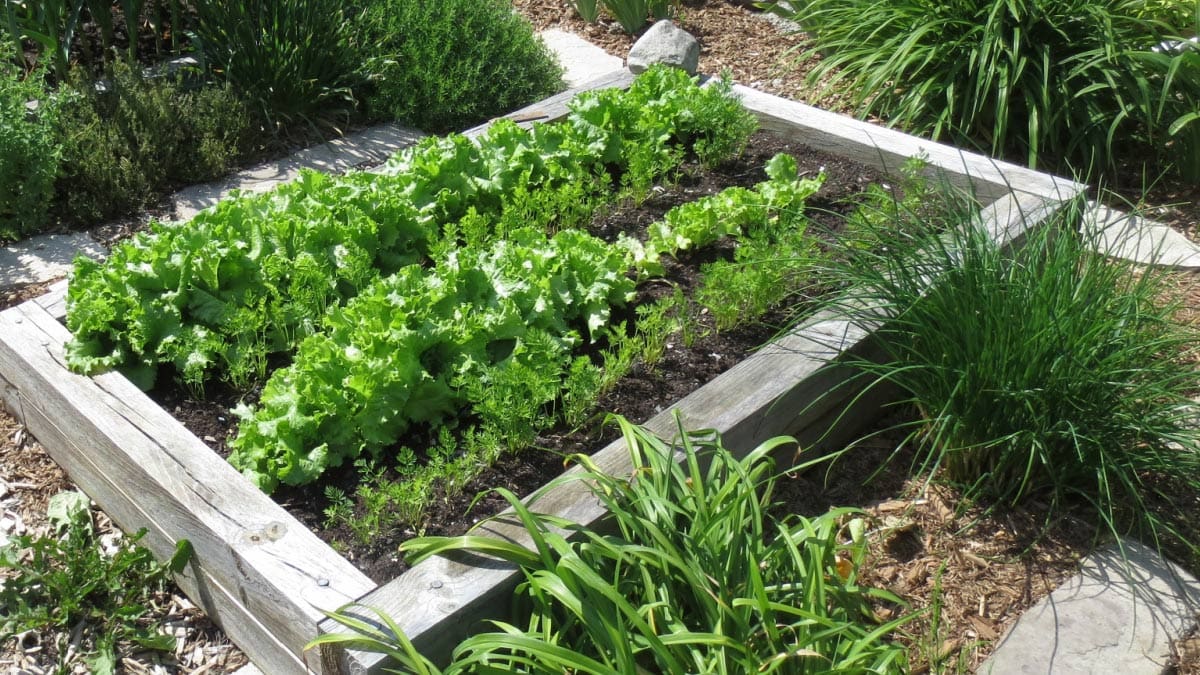
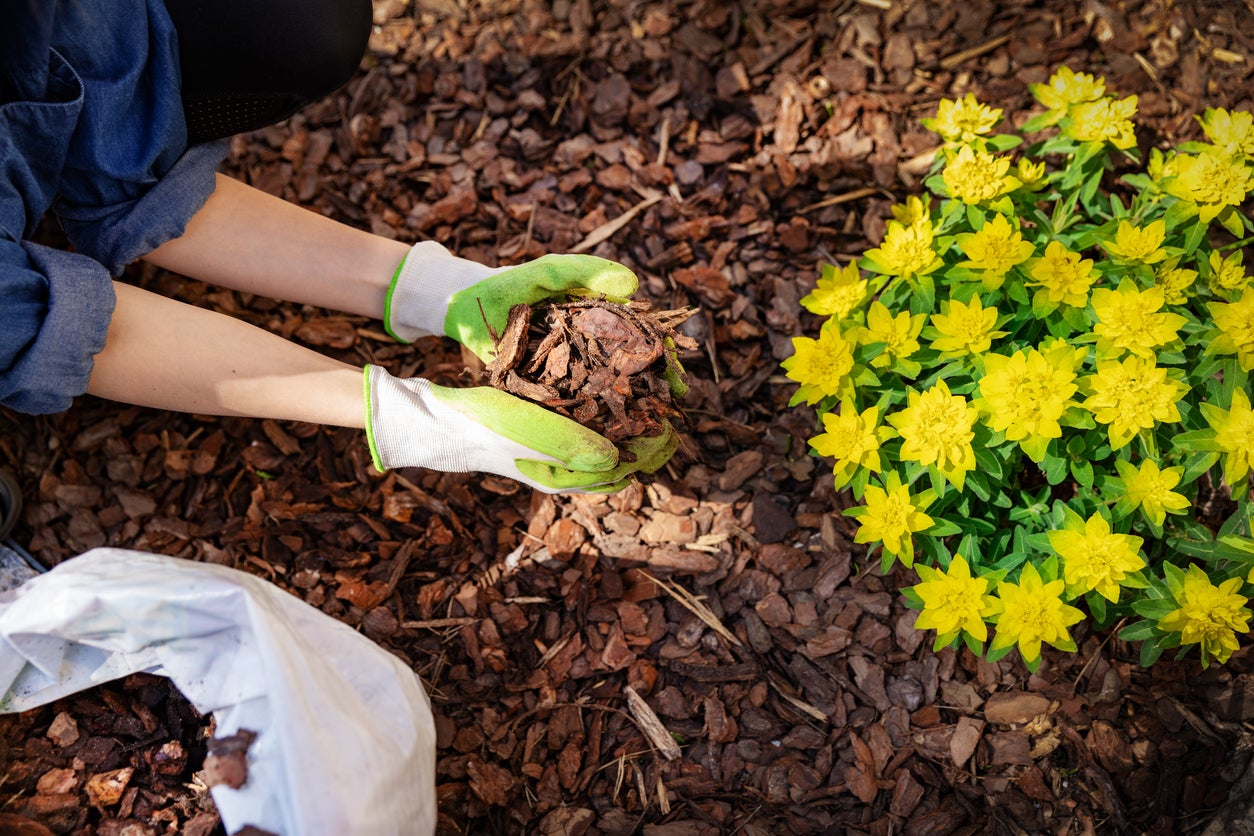
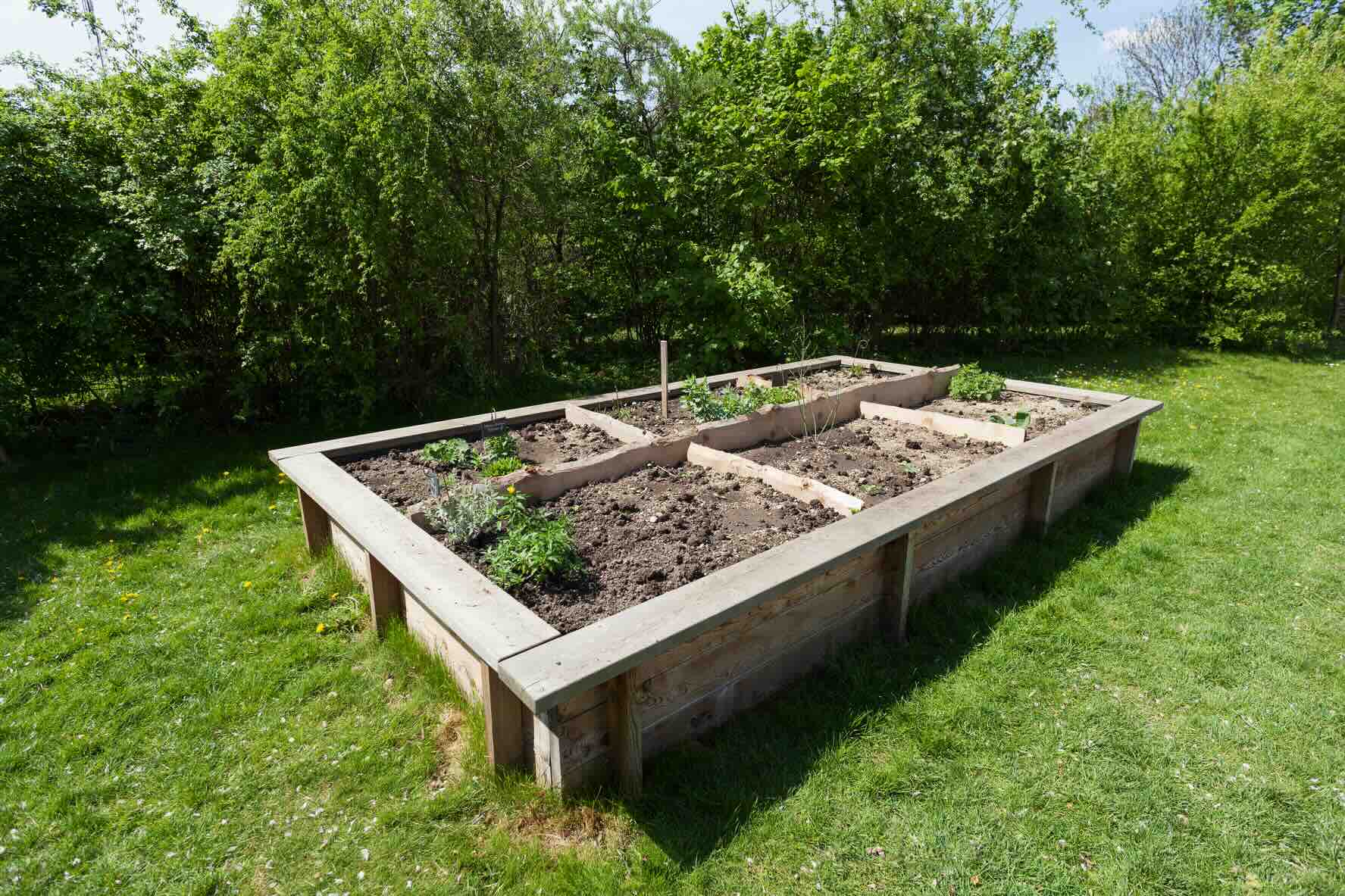
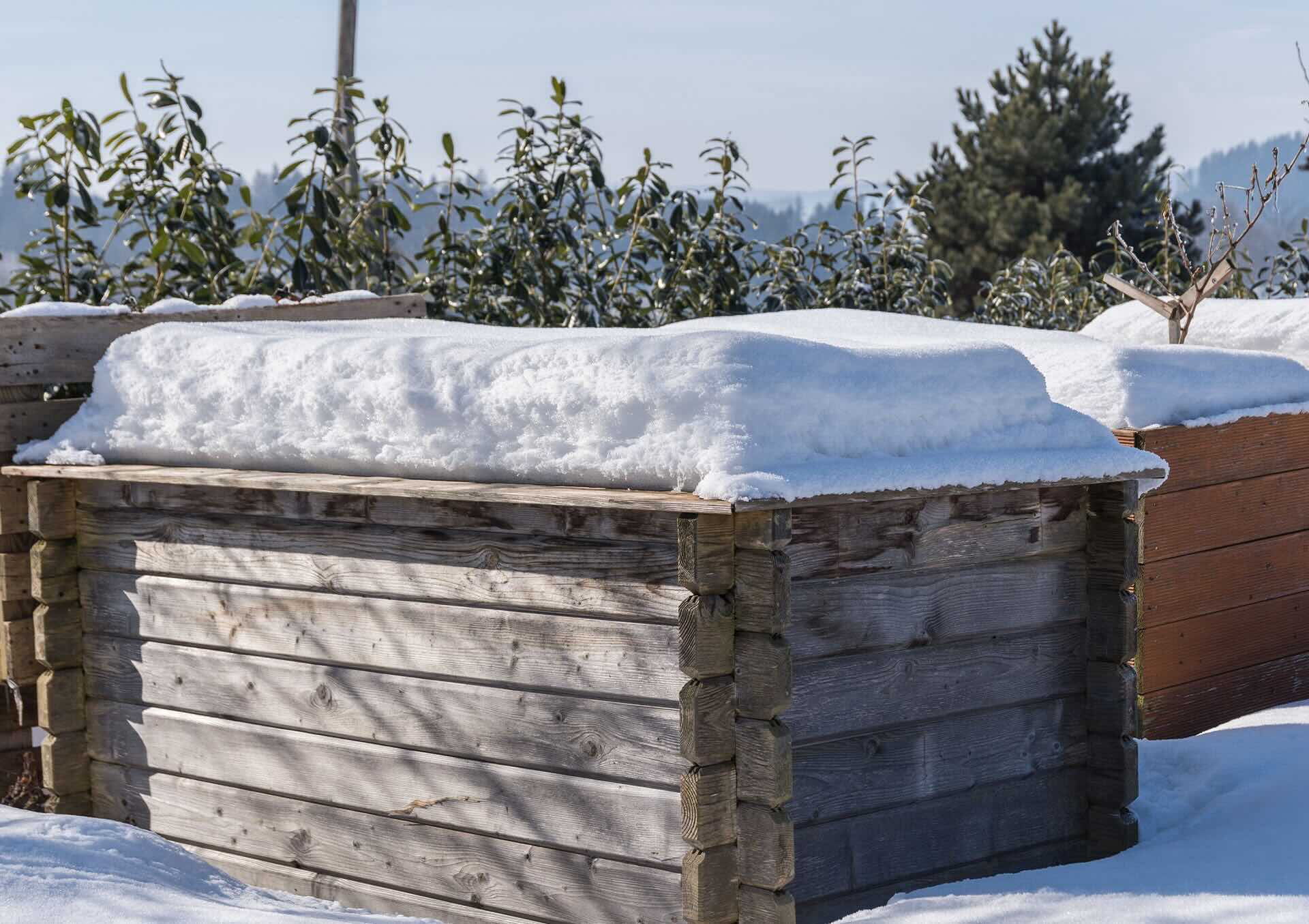
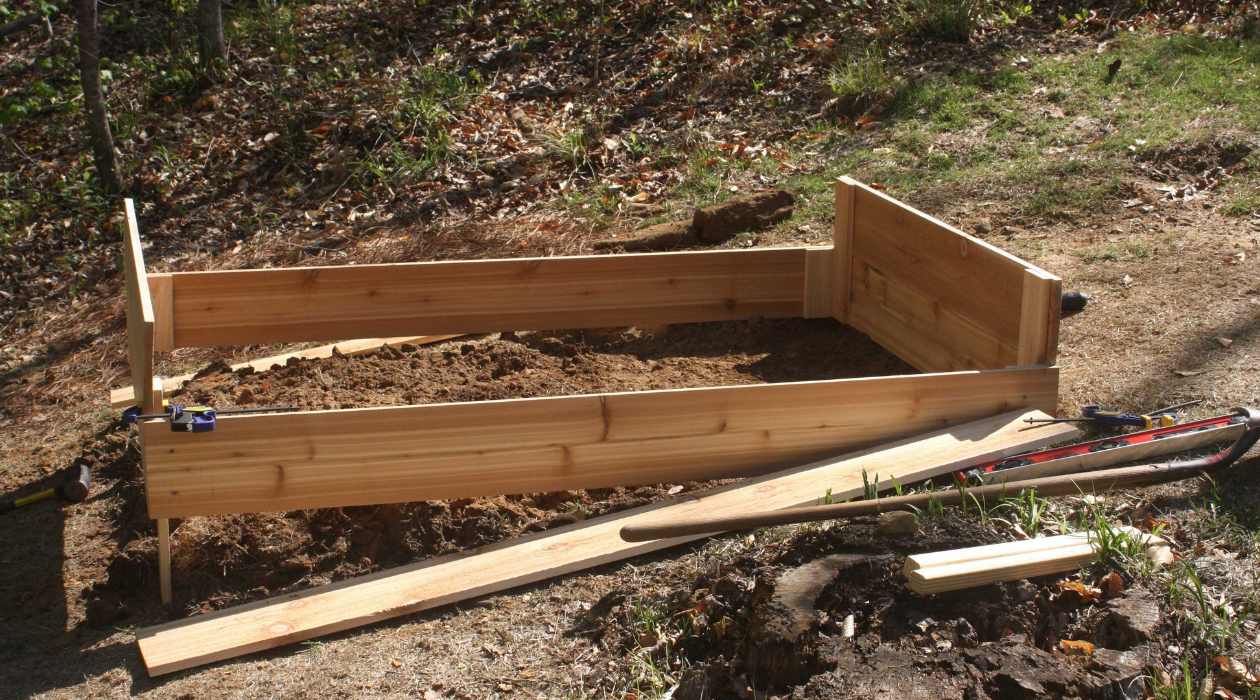
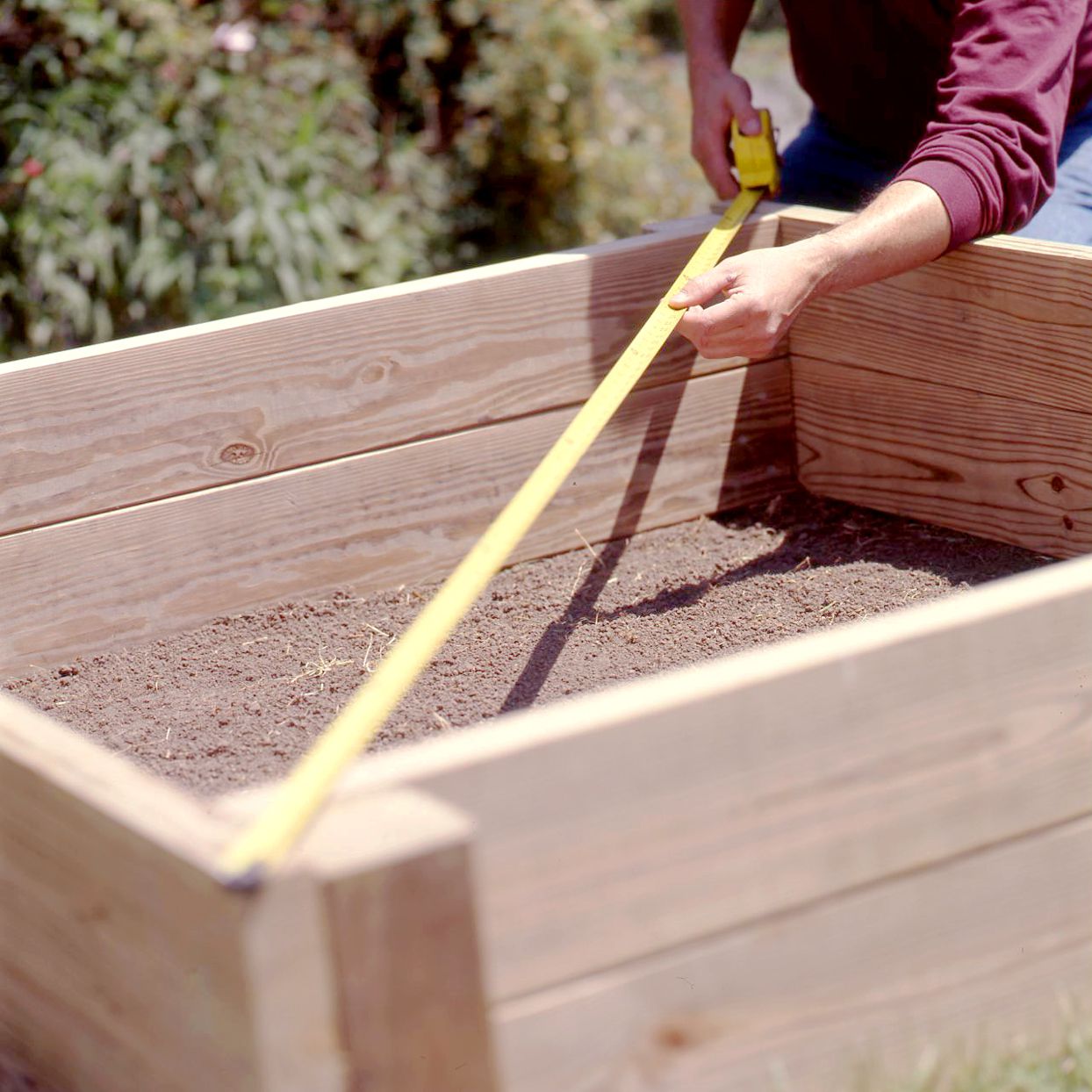
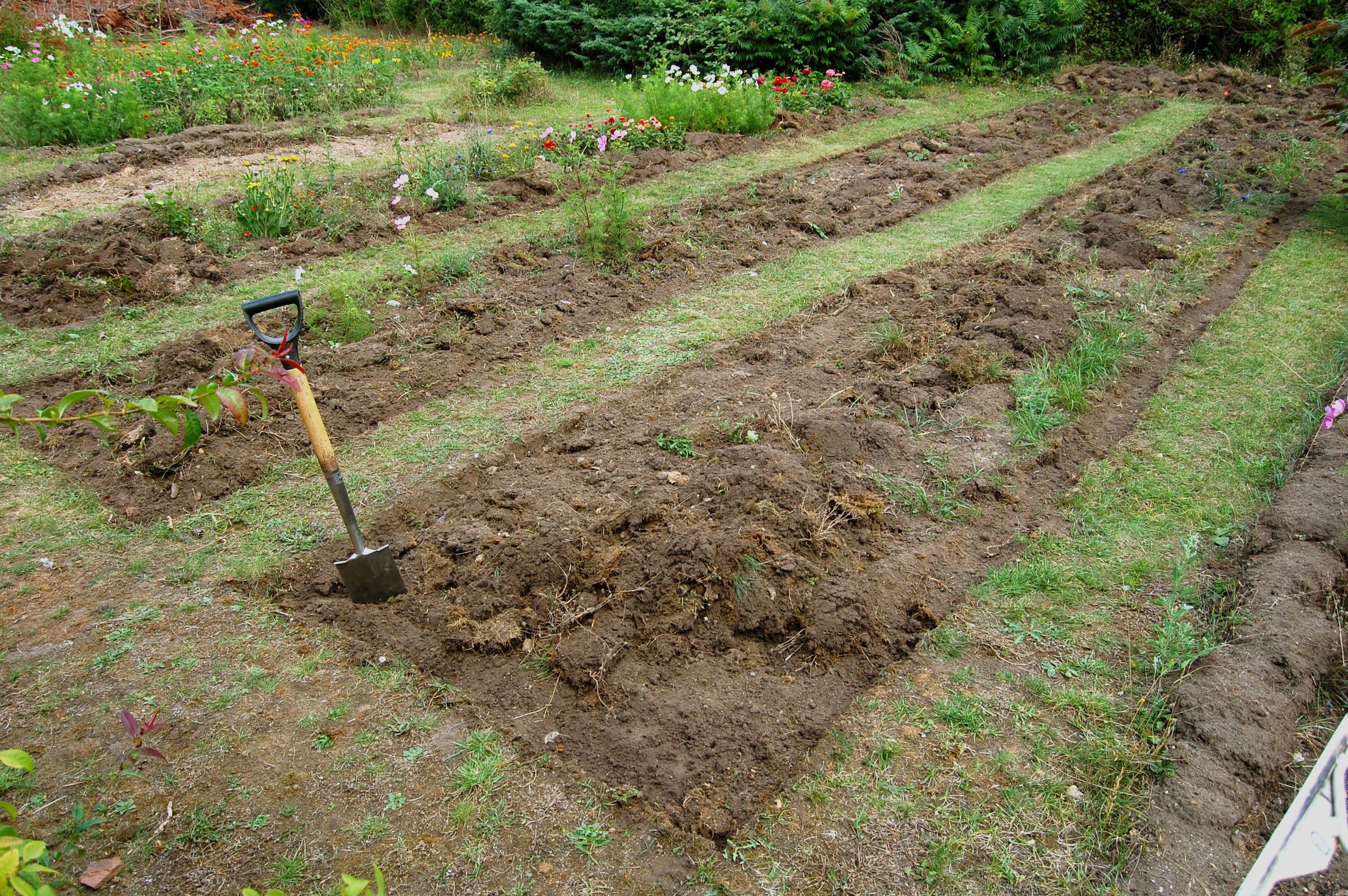

0 thoughts on “How Deep To Dig For A Garden Bed”